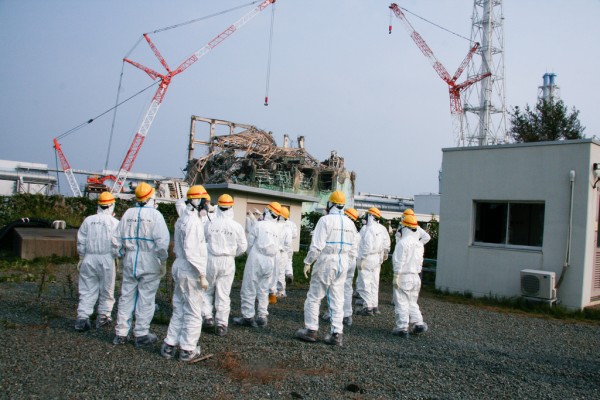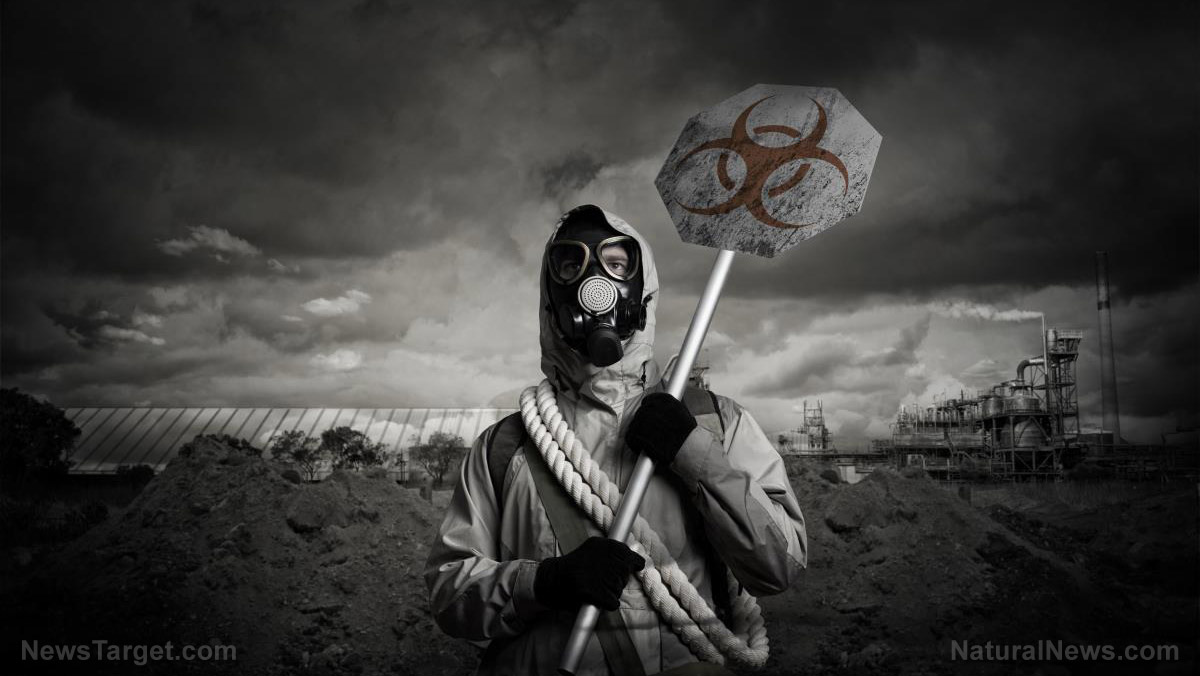Secrets of the worst industrial disaster in history: The public may never know the full extent of the damage from Fukushima
02/09/2018 / By Isabelle Z.

Remember Fukushima? Most of us who live on the other side of the world can tell you it was the site of a triple nuclear meltdown six years ago, but that’s all in the past now, right?
The truth is that the effects of the incident at the Fukushima Daiichi Nuclear Power Plant will be felt by every living being on the planet for years to come, and it doesn’t matter if you live down the street from the plant or you’re a fish swimming in the ocean thousands of miles away. The true extent of the damage from this devastating incident is something that many people fail to fully grasp.
Radiation works slowly but surely to destroy everything it comes into contact with, and just how far the damage reaches is something that only becomes apparent over time. It’s just when most of us are starting to forget what happened that the effects of the world’s biggest industrial disaster in history start to rear their ugly heads.
The Japanese government has publically declared that the decommissioning could take around four decades and cost around $189 billion. But it’s what they’re not saying that is really concerning. Strict national secrecy laws and political pressures, along with powerful vested interests that don’t want the dangers of nuclear reactors to see the light of day, have kept a lot of information under wraps. Those who “leak secrets” or “instigate leaks,” such as civil servants and journalists, will be punished with as many as ten years in prison thanks to a 2013 government secrecy act that came just two years after the incident.
In fact, those on the ground don’t even really know what to do next as there really is no precedent for this sort of situation, and plant manager Shunji Uchida has admitted: “Robots and cameras have already provided us with valuable pictures. But it is still unclear what is really going on inside.”
In addition to the damages already incurred, there are plenty of factors that could exacerbate the situation. For example, another earthquake could strike the area and cause radiation explosions. Earthquakes aren’t unusual in the country, which sees an average of 1.5 quakes each day.
Kyoto University’s Dr. Shuzo Takemoto said of Reactor Number 2 at Fukushima: “If it should encounter a big earth tremor, it will be destroyed and scatter the remaining nuclear fuel and its debris, making the Tokyo metropolitan area uninhabitable. The Tokyo Olympics in 2020 will then be utterly out of the question,”
Local sources indicate that deaths related to the accident rarely go reported, especially because most of these people die outside of the workplace.
Lethal radiation levels still being detected
Reports are now emerging that the Tokyo Electric Power Company, who operated the site and is in charge of cleanup, found lethal radiation levels in a leak last month. Experts say the volume of radiation involved could kill a person within just an hour of exposure, and there are concerns that it could spur a worldwide catastrophe if it’s not handled correctly. There are also fears that contaminated water will end up in the ocean, and inadequate storage of waste could prove to have far-reaching consequences.
A 2015 study found that children who lived in the area of the plant when the disaster stuck were developing thyroid cancer at a rate that was 50 times that of children who lived in other areas, and these numbers are likely to grow with time.
In the face of such widespread damage and devastation, you would think nuclear power would fall out of favor. However, the efforts to keep the extent of the damage under wraps appear to be paying off as the global nuclear industry has more than 50 reactors under construction at the moment, many of them in Asia, with a further 400 in the planning stages.
Sources for this article include:
Tagged Under: cancer, Censored Science, Cesium-137, Collusion, Cover-Up, environment, food supply, Fukushima, Fukushima cleanip, government secrecy, Japan, Journalism, nuclear, nuclear disaster, nuclear meltdown, nuclear power, radiation
RECENT NEWS & ARTICLES
COPYRIGHT © 2017 FUKUSHIMA NEWS



















